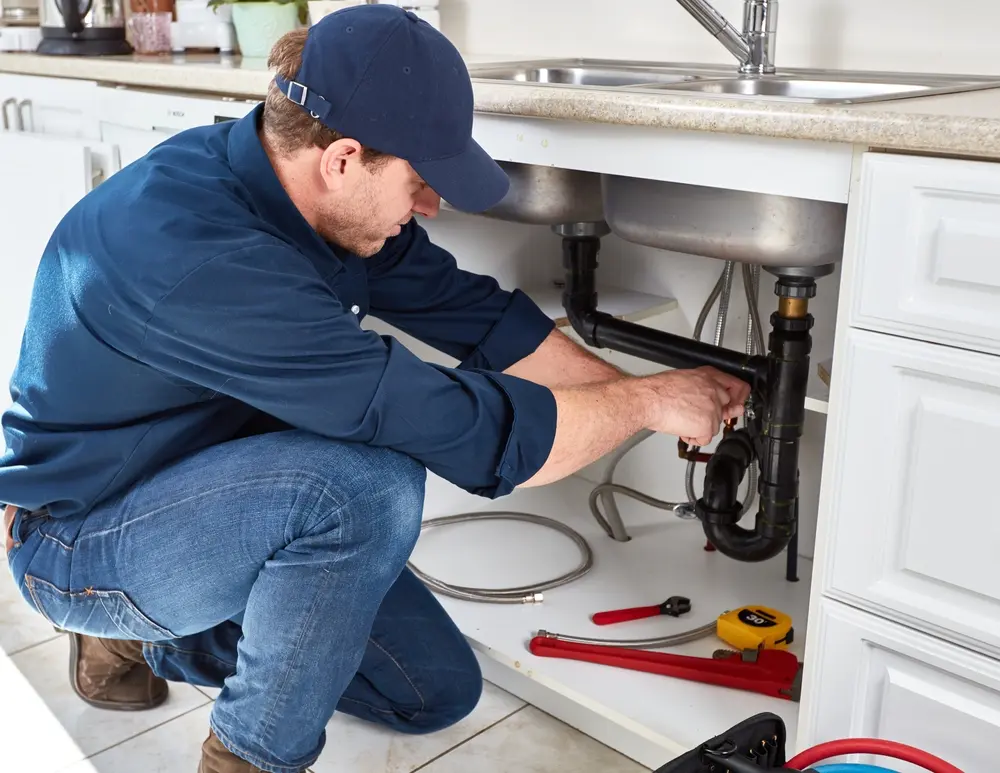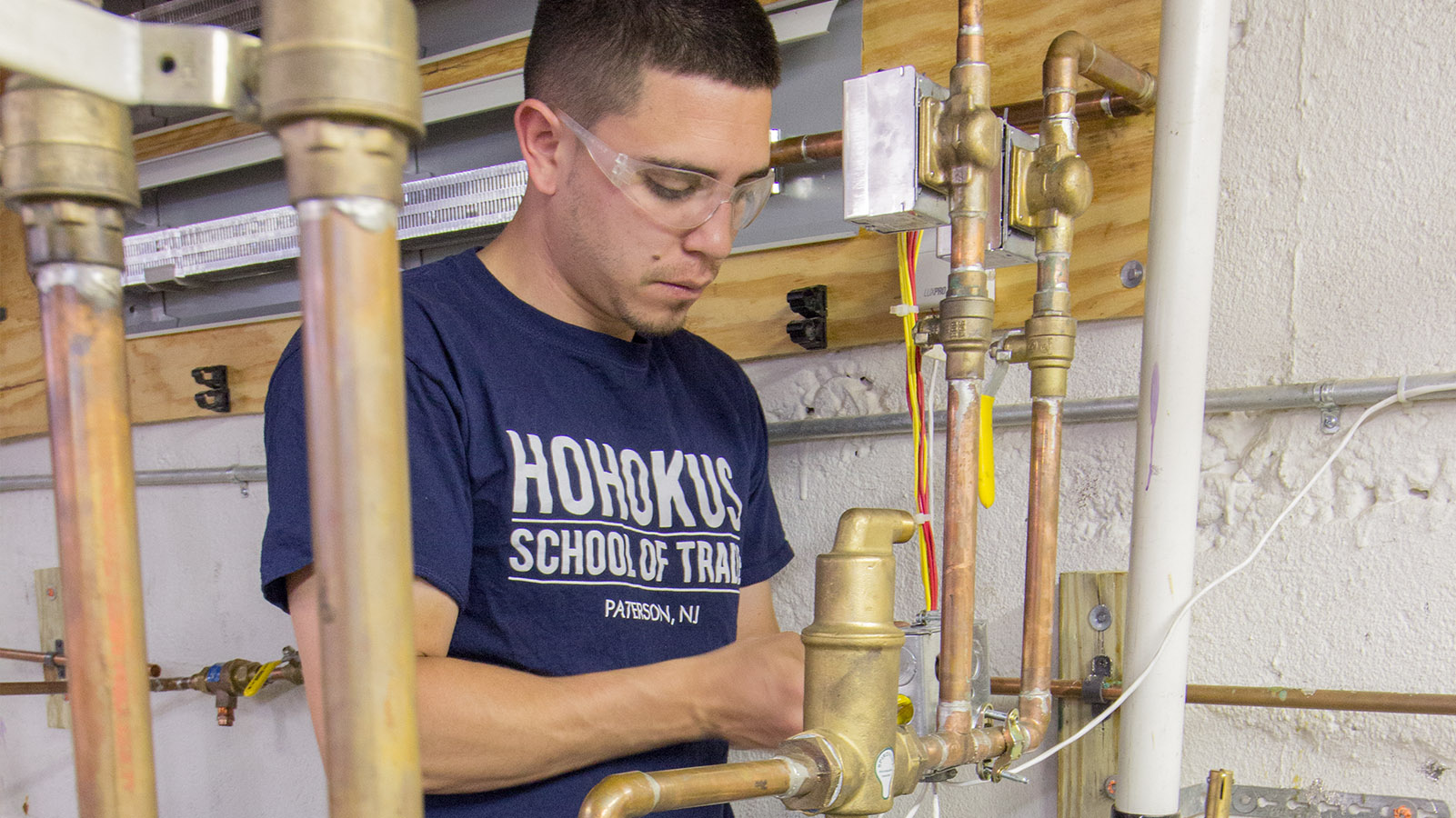Fast and Reliable Drain Cleaning Alabaster AL Services Available
Fast and Reliable Drain Cleaning Alabaster AL Services Available
Blog Article
A Detailed Overview to Reliable Water Heater Installation for Optimal Performance
Embarking on the task of mounting a hot water heater is an endeavor that requires accuracy and an organized approach for accomplishing ideal efficiency. The procedure starts with the vital choice of selecting the suitable heating unit tailored to the certain demands of your household, taking into consideration factors such as type, energy, and size resource. Once picked, preparing the setup location to satisfy safety and security criteria is extremely important. The trip does not end below. As you continue, the complexities of linking water system lines and establishing reliable electrical or gas links await, promising insights into ensuring performance and dependability.
Choosing the Right Hot Water Heater

Next, think about the size and capacity of the hot water heater. It's essential to assess your family's warm water requirements, which can differ based upon the number of passengers and their usage patterns. A system that's also small might lead to not enough warm water, while an oversized version might lead to unnecessary energy usage.
Effectiveness ratings also play a crucial duty in choice. Try to find hot water heater with high Energy Variable (EF) rankings, showing remarkable performance and decreased power use. Tankless models, though generally much more costly ahead of time, offer considerable power financial savings with time because of their on-demand heating capacities.
Preparing the Installation Location
Before setting up a new hot water heater, thorough prep work of the setup area is important. This makes sure a smooth installation procedure and helps protect against future problems (Plumber Alabaster AL). Begin by choosing an appropriate area that abides with neighborhood building regulations and safety and security standards. The location must be dry, well-ventilated, and obtainable for maintenance. It's crucial to determine the space meticulously to suit the hot water heater's measurements, making sure ample clearance around the device for efficient operation and maintenance.
Next, get rid of any kind of particles, dirt, or obstructions from the site to develop a clean environment. Examine the floor for security, as the hot water heater will certainly need a strong, level surface area to run properly. If essential, set up a drip pan under the system to capture prospective leakages or spills, protecting against water damages to the surrounding area. In areas susceptible to seismic activity, consider setting up seismic straps to secure the heating unit securely in position.
Additionally, make sure that all needed devices and materials get on hand before starting the setup. This consists of products such as wrenches, screwdrivers, a level, and any type of added hardware required for mounting and protecting the heater. A well-prepared installation location sets the structure for an effective hot water heater configuration, enhancing performance and security.
Connecting Supply Of Water Lines
When connecting water supply lines to your recently set up water heating system, it is critical to guarantee that all links are safe and leak-free to keep efficient procedure and avoid water damage. Begin by identifying the cool and hot water system lines. The chilly water inlet is usually marked with a blue label or a "C", while the warm water outlet is noted with a red tag or an "H".
Use adaptable hot water heater adapters to help with an easier installation process. These ports can take in resonance and enable minor activity, lowering the danger of leakages. Before attaching the adapters, position a plumber's tape around the threaded ends of the water heating system's inlet and outlet pipelines - Plumbing Alabaster AL. This tape functions as a sealant, stopping visit our website leakages. Carefully connect the versatile hose pipes to the corresponding inlet and outlet, guaranteeing that they are limited yet not over-tightened, which might damage the strings.
As soon as connections remain in area, gradually transform on the primary water supply valve. Evaluate each link for leaks by visually feeling and checking for dampness. Tighten connections as essential, and make sure the stress safety valve is appropriately set up, safeguarding against excessive stress build-up.
Setting Up Electrical or Gas Connections
Properly setting up the electric or gas connections for your have a peek at these guys water heating system is a critical step to guarantee secure and effective operation. For electric water heating units, begin by confirming that the electrical circuit is suitable with the heating unit's voltage and amperage needs.
For gas water heaters, security is paramount. Connect the gas line to the water heater using a versatile gas port, ensuring it is correctly threaded and sealed with pipe joint compound or Teflon tape suitable for gas links.
When links are made, check for any kind of possible leaks. For gas lines, use a soapy water option to the joints; bubbles suggest a leakage. For electrical connections, double-check that all wiring is secure and properly protected, preserving compliance with neighborhood electric codes.
Adjusting and evaluating for Effectiveness
With the electrical and gas links safely in location, the following action is examining the operational efficiency of your water heating system. Begin by very carefully turning on the water supply and ensuring there are no leaks at any of the shutoffs or joints.
Following, perform an extensive assessment to ensure the home heating aspects or burner are working correctly. For electrical heating systems, use a multimeter to confirm if the aspects are drawing the proper present. In gas designs, observe the heater fire; it must be consistent and blue, suggesting effective burning.
Adjust the setups as necessary to get rid of inadequacies. Think about applying insulation measures, such as including a hot water heater covering, to even more boost efficiency by reducing warmth loss. Furthermore, inspect the anode rod's problem, as a scrubby pole can minimize effectiveness and cause container rust.
Verdict
Effective water heating system installation is crucial for making certain optimum efficiency and energy cost savings. Safely linking water supply lines and meticulously setting up electrical or gas links minimize potential concerns.

Effectively establishing up the electric or gas connections for your water heater is a vital step to make certain risk-free and efficient operation. For electrical water heating units, begin by validating that the you can look here electric circuit is suitable with the heating unit's voltage and amperage needs. Connect the gas line to the water heating unit using an adaptable gas port, guaranteeing it is effectively threaded and sealed with pipeline joint compound or Teflon tape appropriate for gas connections.
Report this page